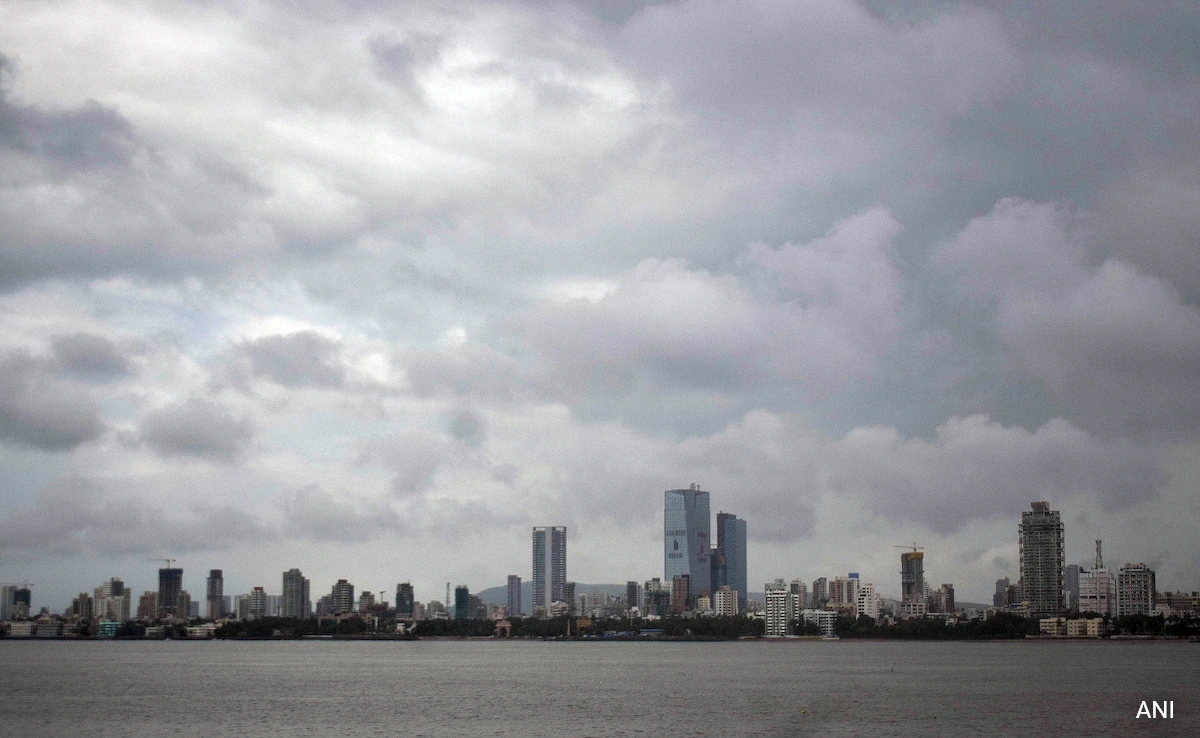Microplastics in the atmosphere could be affecting weather and climate by promoting cloud formation, according to a new research by Penn State scientists, published in the journal Environmental Science and Technology: Air, earlier this week. The study claims that microplastics act as ice-nucleating particles that produce clouds in conditions where they would not form otherwise. The scientists studied four types of microplastics in a lab by suspending them in small droplets of water and slowly cooling these droplets to observe how the microplastics affected ice formation.
“They found that the average temperature at which the droplets froze was 5-10 degrees warmer than droplets without microplastics,” the study highlighted, adding that typically, an atmospheric water droplet without any defect, freezes at about negative 38 degrees Celsius.
As it turned out, 50 per cent of the microplastics-infected droplets froze around minus 22 degrees Celsius for most of the plastics studied, leading to the conclusion that once something insoluble is introduced as a defect into a droplet, it can nucleate ice at warmer temperatures.
“It’s now clear that we need to have a better understanding of how they’re interacting with our climate system, because we’ve been able to show that the process of cloud formation can be triggered by microplastics,” said Miriam Freedman, professor of chemistry at Penn State and senior author of the paper.
Generally, clouds affect our environment by reflecting incoming sunlight away from the Earth’s surface, which has a cooling effect/ However, clouds at certain altitudes can have a warming effect by helping trap energy emitted from the Earth’s surface.
Freedman stated that if “microplastics are influencing mixed-phase cloud formation, they are likely affecting climate too. He, however, added that it is extremely difficult to model their overall effect currently.
Also read | Microplastics Invade Human Brains, Researchers Call For Global Emergency
Microplastic problems
Microplastics, the tiny pieces of plastic smaller than 5 millimetres have been spotted in nearly every nook and cranny of our planet, ranging from the Mariana Trench to Mount Everest. They are found in human brains as well as the bellies of fishes deep in the ocean.
Scientists have demanded that a global emergency be declared as microplastic pollution poses a serious threat to the health and well-being of all life on the planet.









